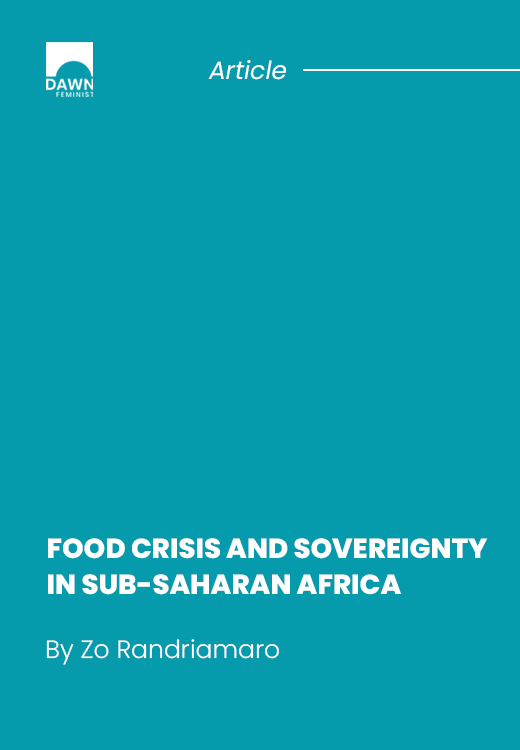The arithmetics of the food crisis: linkages with the financial crisis
The interconnections between the food crisis and financial crisis are multifaceted: the food price hikes began in the futures markets first. Some traders who were looking for profitable markets following the US subprime crisis and the crash at Wall Street found it interesting to buy and sell the so-called derivatives or futures in commodity markets, including food products. This speculation on agricultural products and oil has boosted demand and consequently increased food prices. Between June 2005 and June 2007, the face value of commodity derivatives has increased by 160 per cent, although real production has not increased. The increase was thus related to something that did not really exist but which was still driving the prices.
Oil is a strategic product, as its price is included in the prices of other agricultural products for which it is needed (e.g. transportation, fertilizers, etc.). Experts estimate that approximately 25 per cent of the oil price is determined by speculation. The increases brought about by this financial speculation plus the increases in the price of oil, which is also subject to speculation, have contributed to the food price hikes. On top of this, because most of international trade is billed in US dollars, the depreciation of the US dollar has led producing countries to increase food prices in order to compensate the exchange rate losses that they have incurred.
Cick to download the full article.

